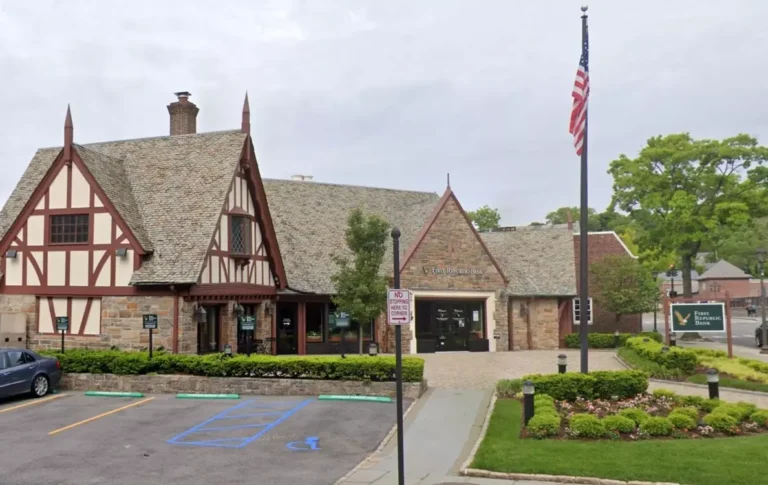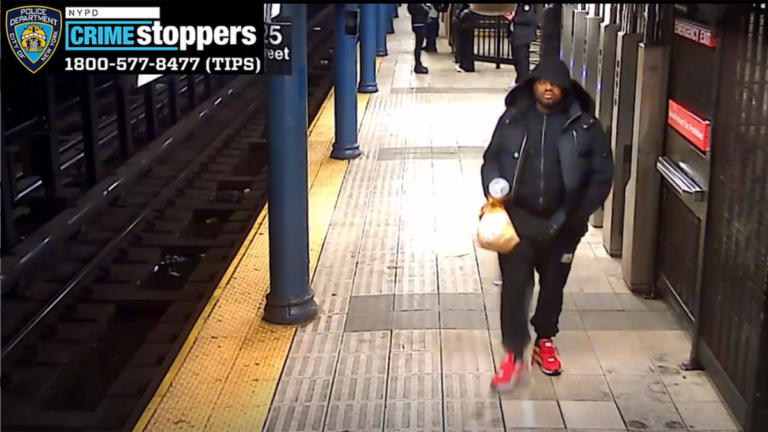For many years, the “right turn on red” (RTOR) rule has been a staple of driving laws across the United States. The law allows drivers to turn right at a red light after coming to a complete stop, provided that there is no sign explicitly prohibiting it. The intention behind this rule is clear: it aims to improve traffic flow and reduce waiting times at intersections, especially during off-peak hours when no other traffic is around.
However, as urban landscapes evolve and cities become more pedestrian- and cyclist-friendly, experts have raised concerns that this convenient rule might be more dangerous than we think. From pedestrian accidents to traffic congestion, the risks associated with RTOR are beginning to outweigh the benefits. In this article, we will explore the dangers of right turns on red, discuss the rise in accidents related to the rule, and examine the push for changing or abolishing RTOR laws altogether.
The Rise of RTOR
The RTOR rule was first introduced in the U.S. in 1978 as a way to improve traffic flow and reduce congestion at intersections. By allowing drivers to make a right turn after a complete stop, the rule helped drivers bypass waiting at red lights when no cross traffic was coming.
The convenience of RTOR quickly became a widely accepted practice. At first, the rule was seen as beneficial for both drivers and cities, as it cut down on idle time at red lights and contributed to a smoother flow of traffic. Drivers could keep moving even when no one else was on the road, saving fuel and time. RTOR also helped in urban areas where gridlock was common, particularly during rush hours, providing a way for drivers to quickly move through busy intersections.
However, as cities have become more pedestrian- and cyclist-centric in recent years, concerns have grown about the safety implications of this law. According to the National Highway Traffic Safety Administration (NHTSA), an average of 6,000 pedestrians are killed annually in traffic accidents, many of which involve turning vehicles. With more pedestrians crossing streets, especially in high-traffic areas, the rule has come under scrutiny.
The Dangers of Right Turn on Red
While RTOR may seem like a minor infraction to some, the rule has been linked to a disturbing rise in traffic accidents and fatalities. There are several key factors that contribute to the dangers of turning right on red:
1. Pedestrian and Cyclist Safety Risks
Pedestrians and cyclists are at an elevated risk at intersections where RTOR is allowed. When drivers make a right turn on red, they may fail to fully check for pedestrians or cyclists who are crossing or preparing to cross the street. The act of turning right at a red light, especially in busy urban areas, often results in drivers failing to yield the right-of-way to pedestrians.
Pedestrians walking across crosswalks may be caught off guard by drivers who are turning right without properly scanning for pedestrians. This is particularly problematic when pedestrians are distracted or in a hurry, such as when they’re walking with headphones on or trying to catch a bus. For cyclists, the risks are even greater since they are often harder to spot by drivers making a turn.
In some cases, RTOR can lead to dangerous collisions when drivers make a right turn without yielding to crossing cyclists or pedestrians, resulting in severe injuries or even fatalities.
2. Drivers’ Failure to Come to a Complete Stop
The law requires that drivers come to a complete stop before making a right turn on red. However, many drivers fail to do so, either by rolling through the stop or not stopping at all. This is especially true in areas where traffic congestion is common or when drivers are in a hurry.
When drivers don’t fully stop before making a turn, it increases the likelihood of accidents. Drivers may not fully assess the intersection for oncoming pedestrians or cyclists, or they might miss important road signs that would prohibit the turn. In busy urban environments, this failure to stop becomes a significant danger, as pedestrians and cyclists may not anticipate drivers turning without properly checking for them.
3. Increased Risk of Rear-End Collisions
In addition to the risks for pedestrians and cyclists, RTOR also increases the likelihood of rear-end collisions. Drivers who make a right turn on red may not notice that traffic ahead has slowed or stopped, resulting in a higher risk of colliding with the vehicle in front of them.
In busy traffic conditions, especially in metropolitan areas, drivers who make an improper right turn on red might be caught off guard by sudden braking or unexpected changes in traffic flow. As a result, they may cause accidents when they are unable to stop in time to avoid hitting another vehicle.
4. Confusion and Distractions
At some intersections, the complexity of the road layout can lead to confusion and distractions for drivers attempting to make a right turn on red. Some intersections may have multiple lanes, signs, or conflicting signals that make it difficult to understand whether or not RTOR is allowed.
This confusion can lead to hesitation or hesitation-induced errors, such as unclear decision-making on whether to turn or wait. Additionally, drivers may be distracted by their surroundings, such as pedestrians, cyclists, or other vehicles, which can lead to accidents while attempting to navigate an intersection.
Growing Push to Reevaluate RTOR
As the number of pedestrian-related accidents continues to rise, many cities are beginning to rethink their stance on right turns on red. In some cases, cities are implementing “no-turn-on-red” rules at high-risk intersections, especially in areas where pedestrians, cyclists, or public transportation users are prevalent.
Cities like New York, Los Angeles, and Boston have introduced stricter measures to curb RTOR violations and protect pedestrians. Automated traffic enforcement cameras have also been deployed at intersections with high pedestrian traffic to monitor and issue tickets to drivers who fail to yield to pedestrians while making a right turn on red.
Additionally, some cities are reevaluating whether RTOR should be allowed at all in certain neighborhoods. For example, cities with a higher density of pedestrian and bicycle traffic, or those that prioritize public transportation, may opt to ban RTOR altogether in favor of better pedestrian safety.
Are We Going to See the End of RTOR?
The question on many drivers’ minds is whether the rule that has been a part of U.S. traffic laws for over four decades will eventually be abolished in favor of safer alternatives. With the rise in pedestrian accidents, concerns about cyclist safety, and the implementation of smart city technologies, it’s possible that we may see the end of RTOR in certain cities or states.
Advocates for pedestrian safety argue that eliminating RTOR would protect vulnerable road users and help reduce accidents. As more cities move toward Vision Zero initiatives—aimed at eliminating traffic fatalities—the pressure to limit or end RTOR may become more pronounced.
While RTOR has helped improve traffic flow in many areas, it may no longer be suitable in a world where pedestrian and cyclist safety is a top priority. In some cases, cities may choose to prioritize pedestrians over vehicle traffic by eliminating RTOR altogether, particularly in densely populated urban centers where pedestrian traffic is heavy.
Conclusion
While the convenience of right turns on red has long been a hallmark of driving laws in the U.S., it has become increasingly clear that this rule may be contributing to a rise in pedestrian accidents, cyclist injuries, and traffic violations. As cities adopt more pedestrian-friendly policies and prioritize road safety, the safety risks associated with RTOR have raised serious concerns.
The growing push to reevaluate or abolish RTOR in certain cities reflects a broader effort to improve pedestrian safety and reduce traffic-related fatalities. As we look toward the future, the question remains: is the right turn on red law a relic of the past, or is it still a necessary traffic tool? The answer may depend on how we balance the needs of drivers with the safety of vulnerable road users.
Disclaimer – Our editorial team has thoroughly fact-checked this article to ensure its accuracy and eliminate any potential misinformation. We are dedicated to upholding the highest standards of integrity in our content.























+ There are no comments
Add yours